Squad Battles: The Battle of Coffin Corner
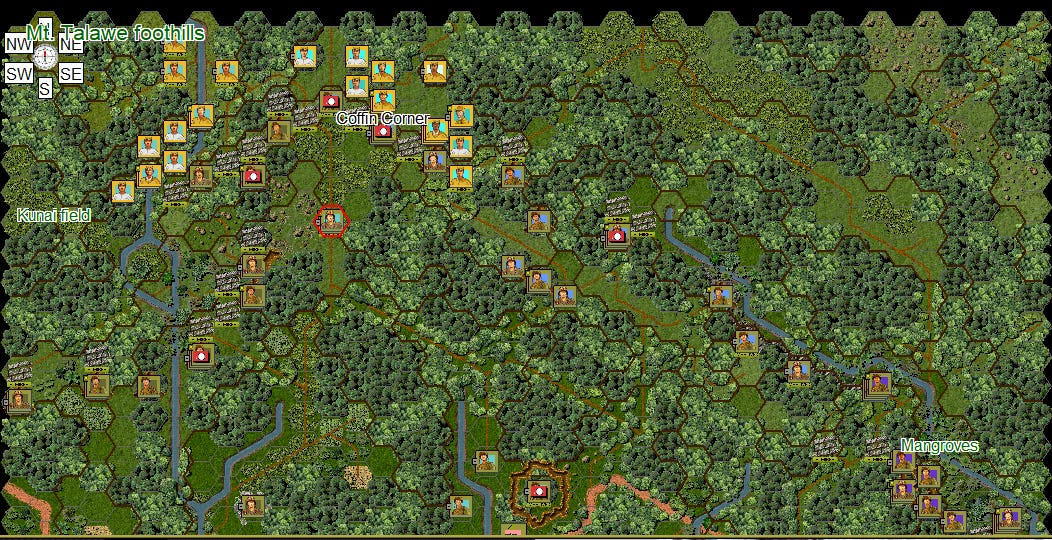
The 1943 Cape Gloucester campaign, Operation Dexterity, on New Britain features a series of nearly flawless combined operations between the US Navy, Army, and the Marines. On December 26, the 1st Marine Division under General William Rupertus executes three separate landings on Cape Gloucester to capture a key airdrome. Two landings on the north side of the Cape at Borgen Bay and one on the south side at Green Beach near the village of Sumeru.
This Proud and the Few Squad Battles’ scenario, focuses on the smaller Green Beach landing. I will release on my blog a series of Panzer Battles scenarios focusing on the northern landings and the Japanese counterattack most likely in March or April.
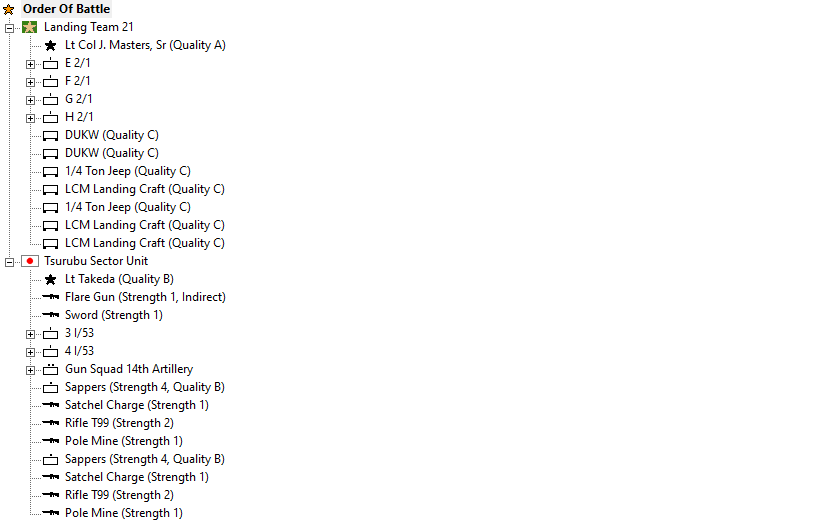
Scenario description: On December 26, 1943, the 1,500-man STONEFACE Group--designated Battalion Landing Team 21 and built around the 2d Battalion, 1st Marines, under Lieutenant Colonel James M. Masters, Sr.-lands on New Britain’s GREEN Beach at 0730. In the face of a lengthy naval bombardment from the USS Reid and USS Smith, the Japanese defenders fade away into the jungle-covered slopes of the 6,600 foot high Mt. Talawe. Ordered to patrol the area and create a diversion for the main landing at Borgen Bay, 2nd Battalion recons the highlands over the next couple of days searching for the Japanese. On December 28, a Marine patrol engages in a brief firefight along the ridge northwest of GREEN beach and discovers a pair of dead Japanese officers, equipped with maps of their positions and binoculars. The Marines prepare for an attack. Just after midnight on December 30, Japanese sappers, using the terrain and a heavy rainstorm to hide their advance, lead two companies of the 53rd infantry regiment within meters of the American defensive perimeter at the junction of two ridges where the positions of Marine companies E and G meet. The attack begins with flares arcing up into the night sky, followed by mortar, machine-gun and small-arms fire. This scenario is best played as the Americans against the AI. It can also be played head-to-head as most of the American forces are fixed and won't join the battle. Historically, the Marines inflicted heavy casualties with little loss of life.
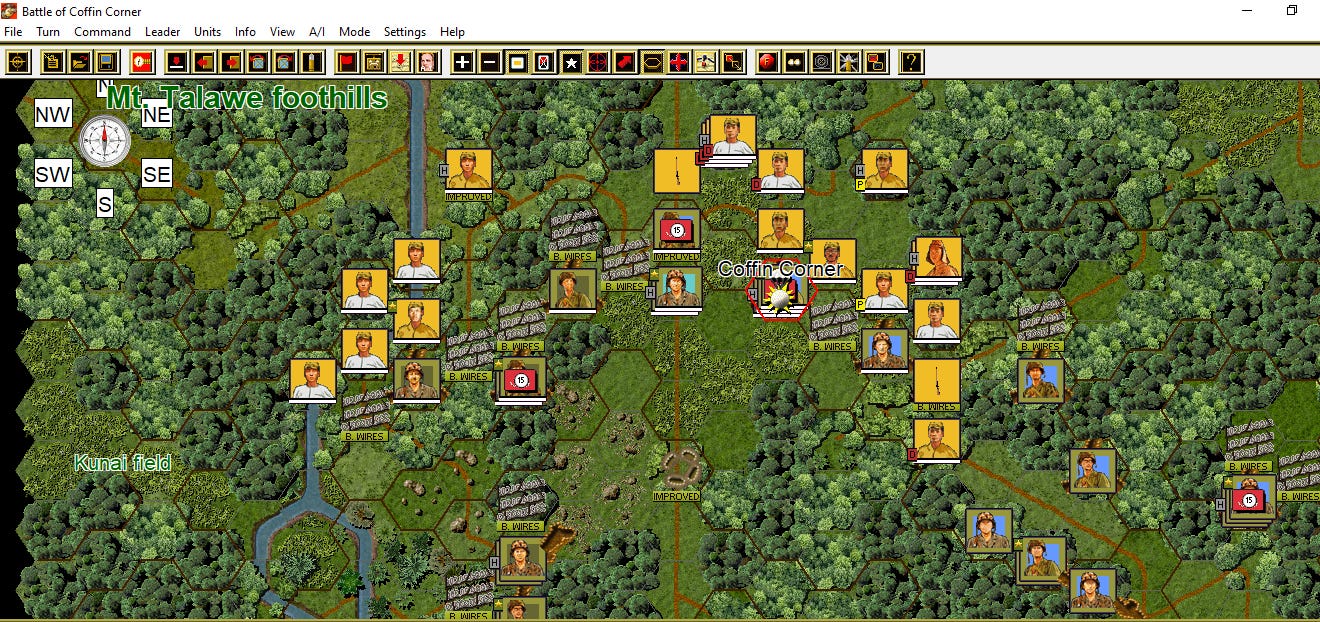
Japanese officers fire flares over the American positions as the attack begins.
Scenario notes: This scenario is based upon the details included within the official US Marine history of the battle:
“The perimeter defense was located on top of steep ridges, the approaches to which were almost perpendicular. But at Coffin Corner, a natural causeway connected the defended ridges with the opposing ridges and the defense line at that particular location came to a point and consequently, the defense was handicapped since a rounded front could not be presented.47
The Japanese supported their assault with mortar, machine-gun and small-arms fire, and the Marines replied in kind, at one stage calling down mortar fire 15 yards in advance of the wire. The fighting, though limited in scope, developed to great intensity, the sheer impetus of the enemy's second attack carrying one machine-gun position. Lieutenant Jim G. Paulos led elements of Company G in a savage counterattack that ousted the intruders, supported by Lieutenant James R. Mallon's improvised platoon of H/11, which remained to help man the casualty-depleted line.
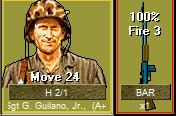
Conspicuous throughout the fighting was Gunnery Sergeant Guiseppe Guilano, Jr., of Company H, who hurried about the contact area supplying mobile firepower where most needed by means of a light machine gun cradled in his arms and fired from the hip. This gave rise to a possibly apocryphal story that cannot be documented but which many men on the scene will swear is true. Sensing his value, Marines began calling for Guliano by name whenever the pressure became particularly heavy. The imitative Japanese, hearing this somewhat exotic name shouted above the din of battle, apparently concluded that they had discovered a new rallying cry, a sort of American equivalent of "banzai!" Perhaps in an effort to deceive their opponents, or perhaps just for the hell of it, they began prefacing each new assault by screaming at the top of their lungs, "Guilano! Guilano!" thereby bringing the sergeant on the double to the precise point most threatened at the moment without the Marines having to waste their breath.”

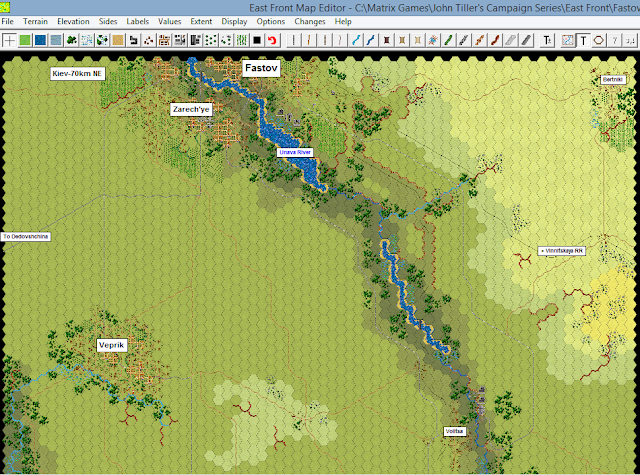
Comments
Keep up the good work!